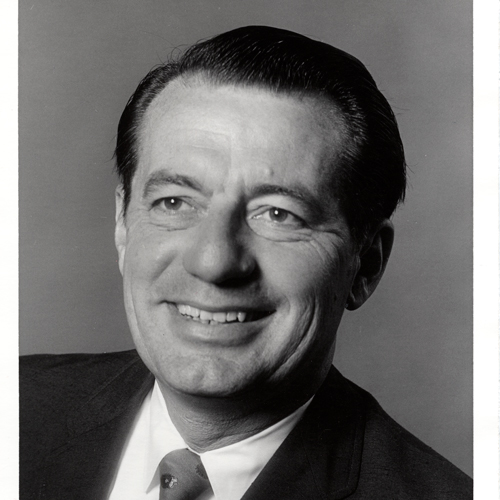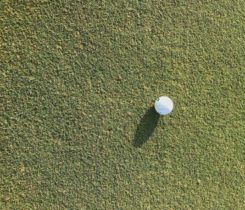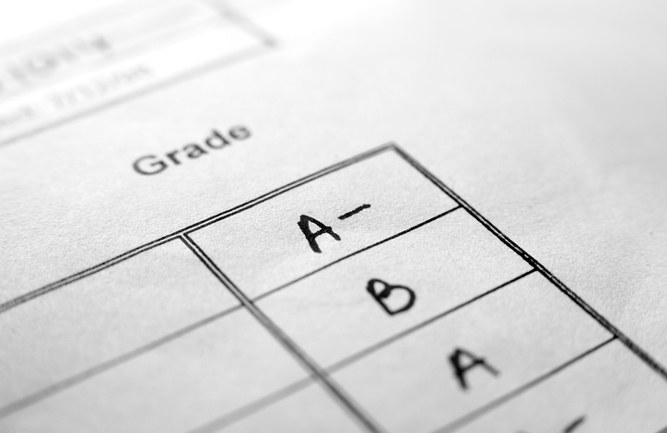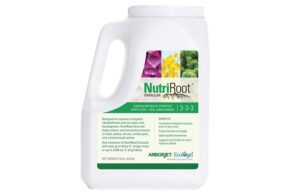The art of yesterday, the science of today
It is one of the fascinating paradoxes of our profession. Turfgrass management — for golf — is indeed both an art and a science. It was always meant to be so.
The keeper-of-the-green profession has a heritage going back 400, perhaps 500 years. Science has changed it. And yet, paradoxically, how little it has changed. It is still basically an art form. The thoughts that follow are mostly concerned with science, but my real message is about art.
Science and the Stimpmeter. “Science” has even developed a little stick we now roll a ball down to test the speed of the green. The Stimpmeter is designed to establish speed criteria — not making every green lightning-fast virtually impossible to putt or maintain healthy turf. Man did that! Those who condemn the Stimpmeter overlook the fact that there is an art in using it. The speed of any particular set of greens must surely be at that level best suited for the membership and the conditions that prevail.
Science and soils. Science has given us specifications for putting green construction. The Green Section Specifications, written in the early 1960s, is officially entitled “A Method of Putting Green Construction.” No one in a responsible position with the Green Section ever said or claimed they would produce the perfect foolproof green. Someone else said that, but science produced the data. It is up to us to execute, to use the data, to make it work. An artist does that.
Science and research. Now a new era of research, to be sponsored by the USGA Green Section, lies just ahead. Conceived by Al Radko, a long-range, multimillion-dollar research project on minimal maintenance turfgrasses will soon be underway. The objective is to develop turfgrasses that will have greater winter hardiness, wear resistance, drought and temperature tolerance, disease and insect resistance, salt tolerance, require lower fertility levels and still produce superior playing qualities. Grass plant selections in Asia and South Africa are now underway by U.S. scientists, sponsored by the Green Section. Once the work is complete, an intensive plant breeding program will begin. Genetic selections will be made by advanced computer analysis that cuts years off of previous plant breeding techniques. The full study will take at least 10 years. It is an exciting undertaking, the largest of its kind in our history.
Science and irrigation. Science has also given us improved methods of irrigation. Now here is a topic we can all relate to as a science and an art. Who among us will disagree that automatic irrigation is not AUTOMATIC? Any type of irrigation is, at best, an inexact science. There are so many variables: wind, cloud cover, temperature, soil types, humidity, cutting height, type of grass, shade factors, etc. The more variables one must deal with, the greater the “art” becomes. Good irrigation is indeed an art.
Science and computers. Computers have been mentioned, and they are indeed a new “science.” They are going to affect our professional and private lives immeasurably in the immediate future. Dr. V.’ B. Youngner, University of California, Riverside, recently said, “Computers are an unbelievably fast and unbelievably accurate machine. They are also incredibly dumb. Man, on the other hand, is an extremely slow and inaccurate machine. However, he is brilliant. Bring these three forces together, i.e., speed, accuracy, and brilliance, and there is no limit to what may be accomplished.” Notice, if you will, it is man’s brilliance, his art, that makes the difference. He makes the computer work.
And so it is in turfgrass management, in just about any pursuit in life. You can have all the science in the world, but if you don’t have that certain ability, that perception, that art, to bring it all together in the right manner — if you don’t have that “touch” — You don’t have very much!












